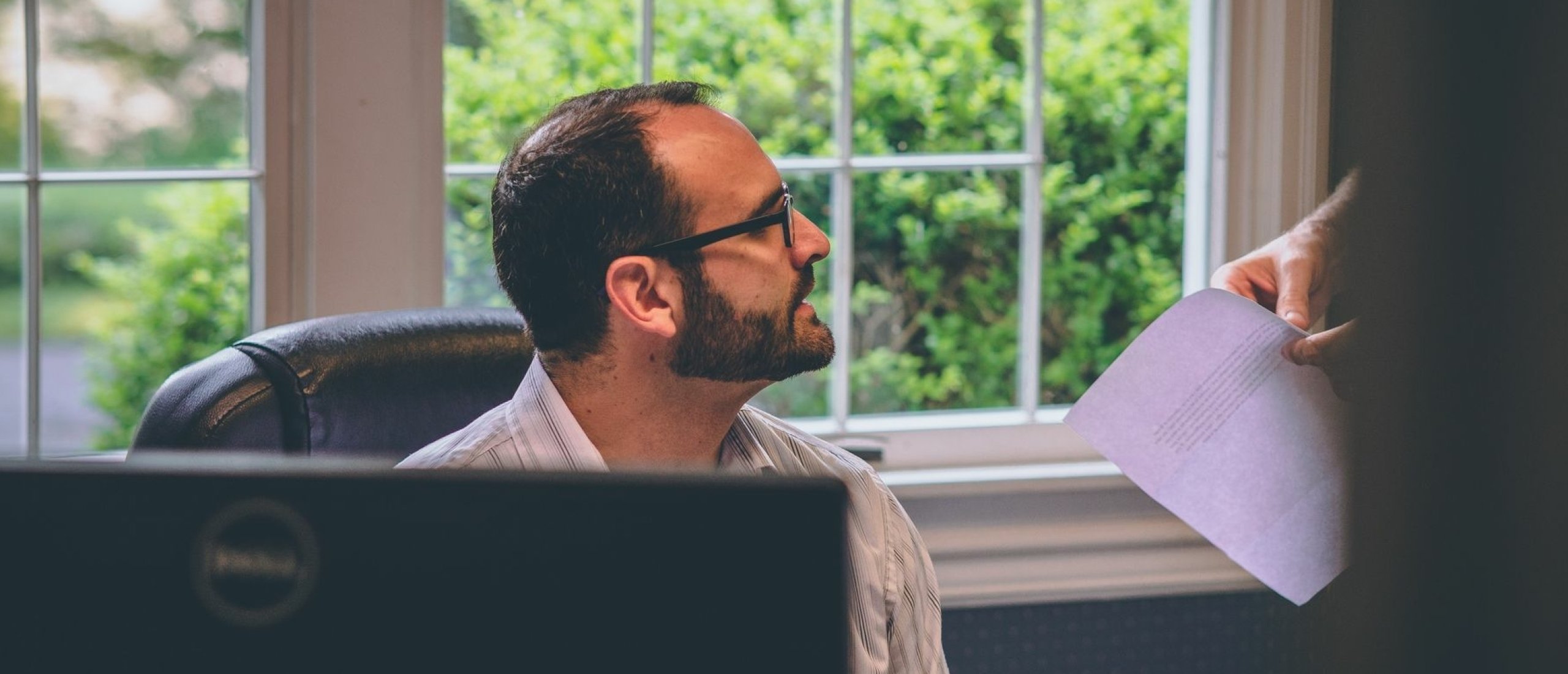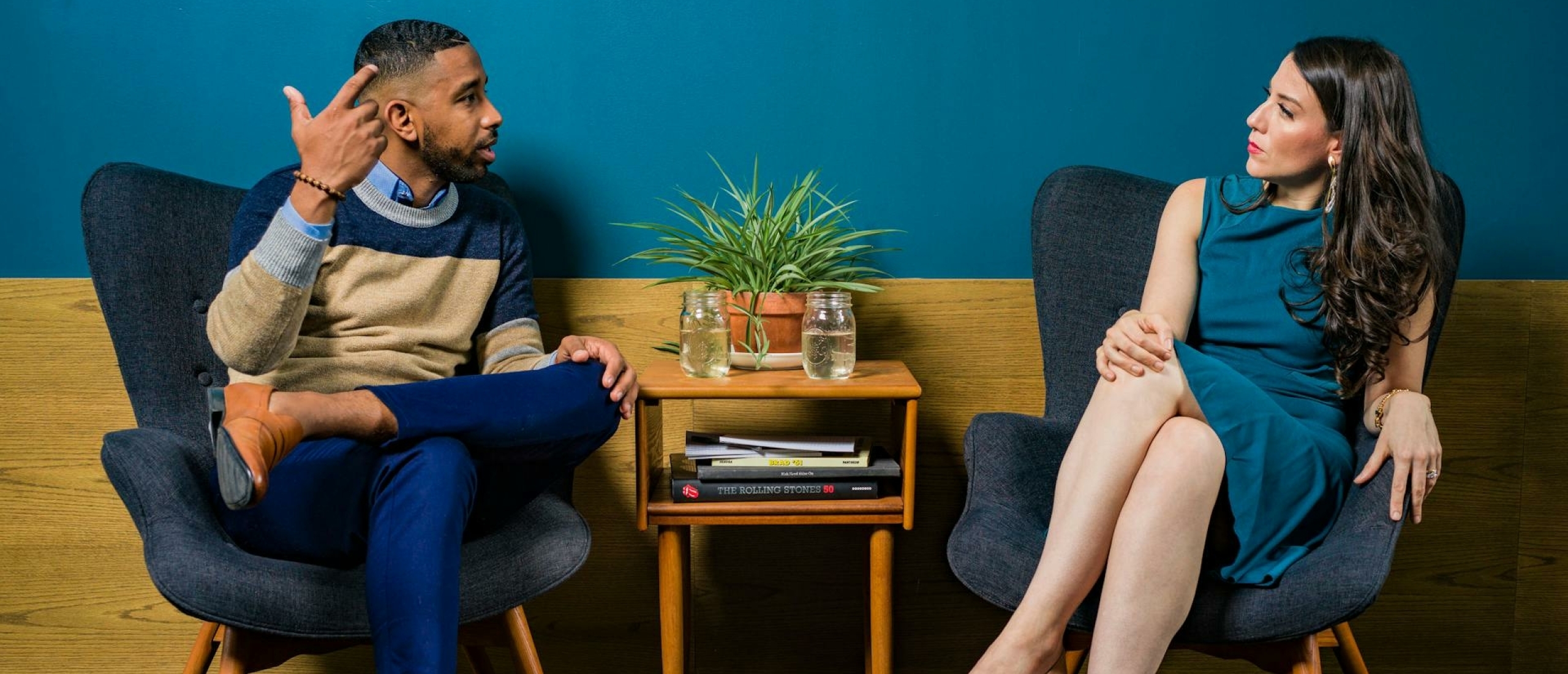
The paradox of leadership stress
When people think about stress at work, they usually imagine overwhelmed employees or burned-out managers. But what about the people at the very top?
CEOs often appear calm, confident, and in control — the ones who thrive under pressure. Yet that picture hides a more complex truth: leaders experience stress in different ways, and its effects can be just as serious.
In my experience working with organizations and studying workplace stress, I often see two sides of the story. In stable hierarchies, senior leaders tend to feel less stress than those lower down. But in the business world, where competition and change are constant, stress for CEOs comes less from workload and more from uncertainty and responsibility. That difference matters — for leaders, their teams, and the organization as a whole.
What research says about hierarchy and stress
The long-running Whitehall studies of British civil servants showed how strongly a person’s position in the hierarchy affects their stress levels and health.
People lower in the hierarchy had far more stress-related illness and shorter life expectancy than those above them — even after accounting for lifestyle factors.
The reason is simple and consistent with what I see in practice: control, predictability, and social support protect against chronic stress. Senior civil servants tend to have more of all three, which helps them stay healthier in the long run.
In structured organizations like government or the army, being at the top can therefore be protective. But business leaders operate in a very different world.
Why CEOs face unique stress
For CEOs, the biggest pressures come from outside the organization: demanding clients, fast-moving competitors, unpredictable markets, and public scrutiny.
They may have autonomy, but they also carry the weight of constant uncertainty.
Research illustrates how heavy that burden can become. A study published in The Journal of Finance found that when companies faced major industry crises, their CEOs aged faster and had a higher risk of dying early than peers in calmer environments. When laws made hostile takeovers less likely — giving CEOs a bit more security — their health outcomes improved.
In other words, the type of stress CEOs experience matters more than the amount: it’s high-impact, unpredictable, and often tied to events beyond their control.
Why many executives expected more stress in 2025
A major executive survey carried out in late 2024 found that most senior leaders expected higher stress levels in 2025.
Their reasons make perfect sense:
- Economic uncertainty – shifting interest rates, inflation, and global instability make planning harder.
- Talent shortages and organizational fatigue – years of restructuring and hybrid work have left both leaders and employees tired.
- Technological disruption – rapid advances in AI and automation create constant pressure to adapt.
- Public and stakeholder scrutiny – every decision is visible and often judged instantly, especially on social media.
- Decision overload – leaders must make more complex choices every day, with less time to think and recover.
These are not short-term issues; they are lasting conditions of modern leadership. The result is a form of anticipatory stress — being under pressure long before any crisis actually happens.
How CEOs compare with managers and employees
Stress is not evenly distributed in organizations. Research and observation both suggest a U-shaped curve:
- CEOs often report less daily stress than middle managers, mostly because they have more control over their time and decisions.
- Middle managers tend to be the most stressed group — squeezed between upper management and their teams, with responsibility but limited control.
- Employees report substantial daily stress, but typically with less responsibility for long-term outcomes.
However, less reported stress at the top doesn’t always mean less real stress. CEOs might experience fewer stressful days, but the events that do affect them are often intense and carry far greater consequences.
Their stress is less frequent but more powerful — and it can take a serious toll on health and decision quality.
How CEO stress spreads through an organization
When a CEO is under pressure, the whole company feels it.
I often see three main effects:
- Decision quality drops. Stress narrows focus and shortens time horizons, leading to quick fixes instead of thoughtful choices.
- Culture changes. A tense or reactive leader sets an emotional tone that spreads through every layer of management.
- Communication breaks down. People start to hold back — they soften their opinions, stop raising concerns, and hesitate to speak openly.
The opposite is also true. When leaders manage their stress well, they create calm and clarity. Teams communicate more honestly, solve problems faster, and handle uncertainty better. Stress management at the top isn’t just about personal well-being — it’s a business strategy.
What helps leaders cope and recover
From both neuroscience and field experience, several practices consistently make a difference:
- Time to think. Regular space for reflection and planning reduces mental overload and prevents reactive decisions.
- Honest peers and professional coaching. Trusted colleagues and skilled coaches help leaders spot blind spots and process stress before it accumulates.
- Delegation and trust. Sharing responsibility reduces pressure and improves decision accuracy.
- Structured reflection. Regular reviews of what worked, what didn’t, and what to improve turn uncertainty into learning rather than worry.
- Healthy routines. Sleep, physical activity, and real downtime remain the most reliable stress buffers, even at executive level.
These are not luxury habits — they are essential tools for sustainable leadership.
What this means for organizations
Stress at the top is contagious. When CEOs are tense, uncertainty spreads downward.
But when they model calm focus and open communication, the whole system becomes more resilient.
Companies that help their leaders recover, make decisions in a structured way, and strengthen their culture tend to perform better when conditions change. They stay balanced instead of burning out.
Shared direction reduces stress on both sides of the hierarchy.
When CEOs clearly communicate their strategy and invite input from people closer to daily operations, they share both insight and responsibility. Employees gain a stronger sense of control and purpose, while leaders make better-informed decisions. That shared clarity reduces uncertainty — the common thread of stress for everyone.
If you’re a CEO, manager, or board member, it’s worth remembering that stress at the top is not a private issue — it’s an organizational one.
Conclusion
The Whitehall studies showed that stable hierarchies can protect senior leaders from chronic stress. Business, however, is rarely stable. CEOs may have more control than anyone else, but they also carry the heaviest uncertainty. Their stress might be less visible, but its effects run deep — on their health, their teams, and their company’s direction.
Stressinsight helps organizations strengthen their leadership practices to better manage uncertainty — for the well-being of their executives and the performance of their business.
A calm mind at the top isn’t just a personal advantage. It’s a strategic one.
References & further reading
- Marmot, M. G., et al. The Whitehall Studies (Whitehall I & II). University College London.
- Guenzel, B., & Malmendier, U. (2021). CEO Stress, Aging, and Death. The Journal of Finance, 76(4), 1759–1818.
- Sentry Insurance. (Survey conducted late 2024). C-Suite Index Report—executive expectations for 2025 stress and operating conditions.
- Harvard Business Review. (2023). How Leaders Can Overcome Decision Fatigue.
- World Economic Forum. (2023). The Future of Jobs Report—executive priorities under technological and regulatory change.











